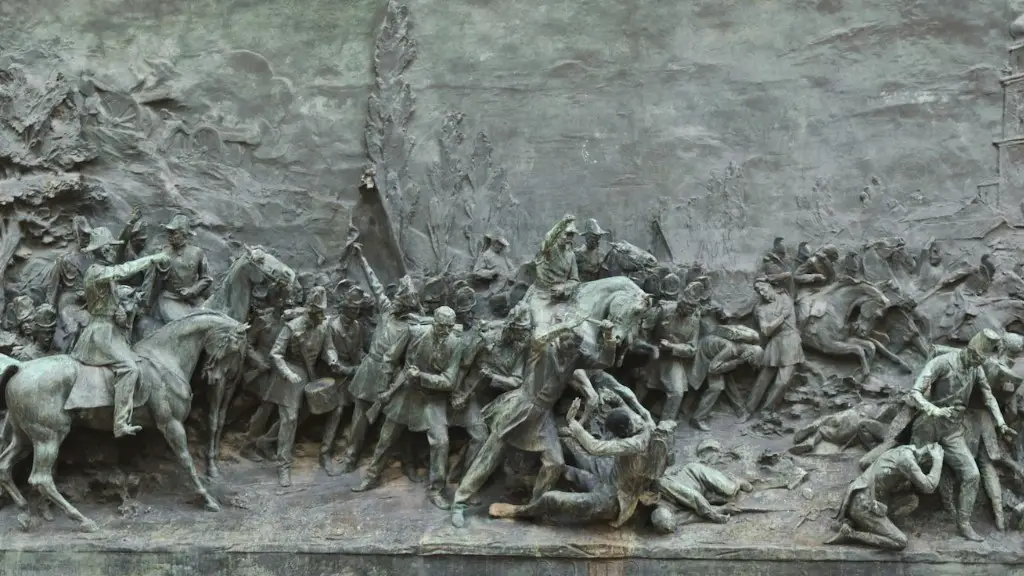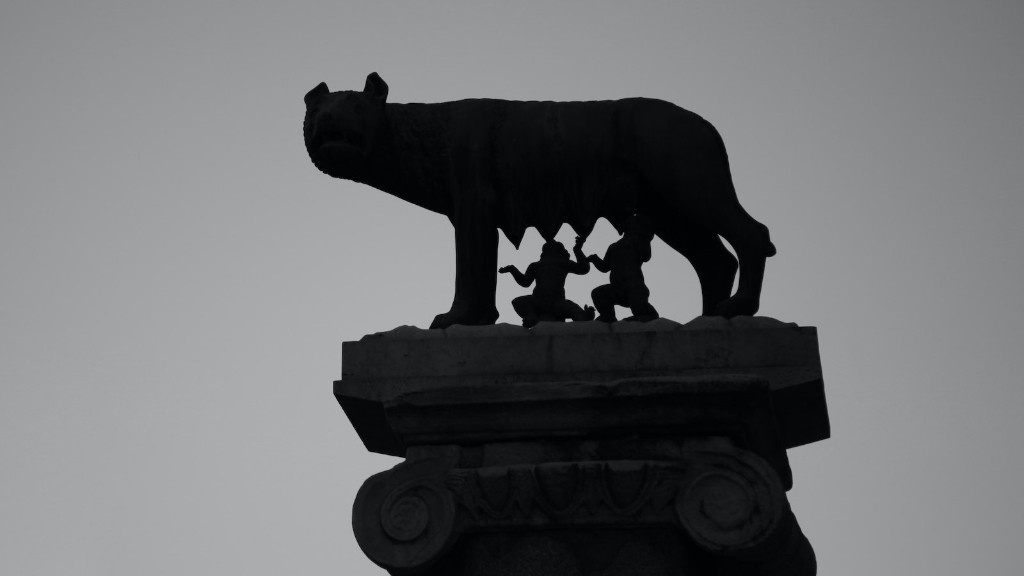Although ancient Rome is known for its vast influence on modern society, its enslavement of millions of people is a darker, unspoken component of its history. Slaves in ancient Rome were typically considered property, and were used for a variety of tasks, from being placed in positions of power to being kept as domestic servants. Through an analysis of primary and secondary sources spanning the entirety of Rome’s rise and fall, this article explores the different roles slaves held in ancient Rome.
Domestic and Agricultural Workers
The most common jobs held by slaves in Ancient Rome were those of domestic and agricultural worker. Slaves were used to help maintain households by performing tasks such as cleaning and cooking, as well as farm duties such as plowing, harvesting and other labor intensive jobs. Slaves were also used as bodyguards and personal assistants. Slaves performing domestic and agricultural labor could be found at all levels of society, from the poorest citizens to the elites.
High-Level Government Positions
Another common role slaves held in Ancient Rome was that of a high-level government position. From accountants to advisors to generals, slaves were used to fill positions typically held by non-slaves. This was because slaves were considered to be more expendable than citizens, and were generally cheaper to employ. Slaves were also preferred due to their loyalty; as they were considered property, they had little incentive to betray their masters. Some of the most famous figures in Roman history were in fact slaves, such as Tiro and Epaphroditus, who served as secretaries in the court of Emperor Nero.
Military and Gladiatorial Roles
Slaves in Ancient Rome were also used to fill military and gladiatorial roles. Slaves were often employed as soldiers, both in the infantry and on naval vessels. Slaves could also be purchased and trained as gladiators, who would fight for their masters’ entertainment. Slaves were generally preferred in gladiatorial roles due to their expendability, as it was believed that they could be quickly and easily replaced.
Performers
Slaves were also commonly employed as performers in Ancient Rome. This could be either in the form of theatre and comedy, or as musicians and dancers. Slaves were also used to host parties and perform acrobatics. Slaves performed as both professionals and amateurs, and they could be found in both private and public settings. It was not uncommon to see slaves performing in the public arena, such as at the Circus Maximus.
Teachers, Artisans and Craftsmen
Slaves in Ancient Rome were also used to fill a variety of teaching and craftsmanship roles. Slaves were used as teachers for both basic and advanced skills, and they were also used as mentors for young citizens. Slaves were also employed as artisans and craftsmen in a variety of fields, from metalwork to weaving. Slaves could also be found working in factories, mills and mines.
Sexual Entertainers and Purveyors of Luxury
Finally, slaves were also used in Ancient Rome as sexual entertainers and purveyors of luxury. Slaves were often purchased to serve as sexual partners for their masters, and were also used as prostitutes. Slaves were also employed as servants of luxury, such as massage therapists and barbers. Slaves were also employed in service-based roles in salons and bathhouses.
Manumission and Social Impact
While slavery was an integral part of life in ancient Rome, some slaves were able to obtain their freedom due to their owners’ benevolence, as well as by purchasing their own freedom. This practice, known as manumission, was not uncommon, particularly amongst wealthier citizens. Manumission allowed some slaves to gain a measure of autonomy and freedom, although they would still be considered second-class citizens. The practice of slavery had a lasting impact on Roman society, and its legacy is still evident today.
Women Slaves and Children in Ancient Rome
Having discussed the roles of male slaves in ancient Rome, it is important to also note the experience of women and children who were enslaved. Women and children were also used to fill a variety of roles in Roman society, such as domestic work, agricultural labor, and entertainment. Women were also used as both sexual partners and prostitutes, and often experienced brutal exploitation. The exploitation of women and children is an important yet often overlooked aspect of the history of slavery in ancient Rome.
Legacy and Modern Application
Slavery in ancient Rome has had a long-lasting and far-reaching impact on the world, both in terms of its legacy and continued application. The legacy of slavery in Rome can be seen in the continued exploitation of people in modern society, particularly in the form of human trafficking and other forms of commodification. In addition, the roles of slaves in ancient Rome can be seen in modern society, with many of the same roles still present in contemporary society.
Impact of Slave Trade and Human Trafficking
The emergence of the slave trade and human trafficking in antiquity has had a profound effect on the global economy. As trade routes expanded, so too did the demand for slaves, leading to a significant influx of enslaved individuals being trafficked across the world. This had a particularly adverse effect on individuals in the developing world, who were disproportionately targeted for exploitation. This exploitation continues to this day, as evidenced by the prevalence of human trafficking in numerous countries around the world.
Barriers to Abolition
Despite the clear inhumane and immoral nature of slavery, there have been numerous ideological and economic barriers to its abolition throughout the ages. In particular, the perception of slaves as property has served as a justification for the continued exploitation of enslaved individuals. This has been exacerbated by economic concerns, such as the potential cost of abolishing slavery and the potential negative economic impact of freeing significant numbers of enslaved individuals.
Fighting Against Slavery and Trafficking
Throughout history, there have been a number of individuals and organizations who have fought against the exploitation of slaves and human trafficking. From William Wilberforce in the 18th century to modern-day organizations such as the Anti-Slavery Society, there have been numerous attempts to end the exploitation of enslaved individuals. Despite the challenging nature of this struggle, the fight to end slavery and trafficking continues to this day, aided by organizations and campaigns dedicated to this cause.
Impact of Modern Policies Against Trafficking
The struggle against slavery and trafficking has also been aided by modern policies and regulations. Many countries have implemented laws and regulations that criminalize the exploitation of individuals. This, along with increased public awareness of the issue, has helped to combat trafficking, although there is still much to be done to completely abolish this form of exploitation.



